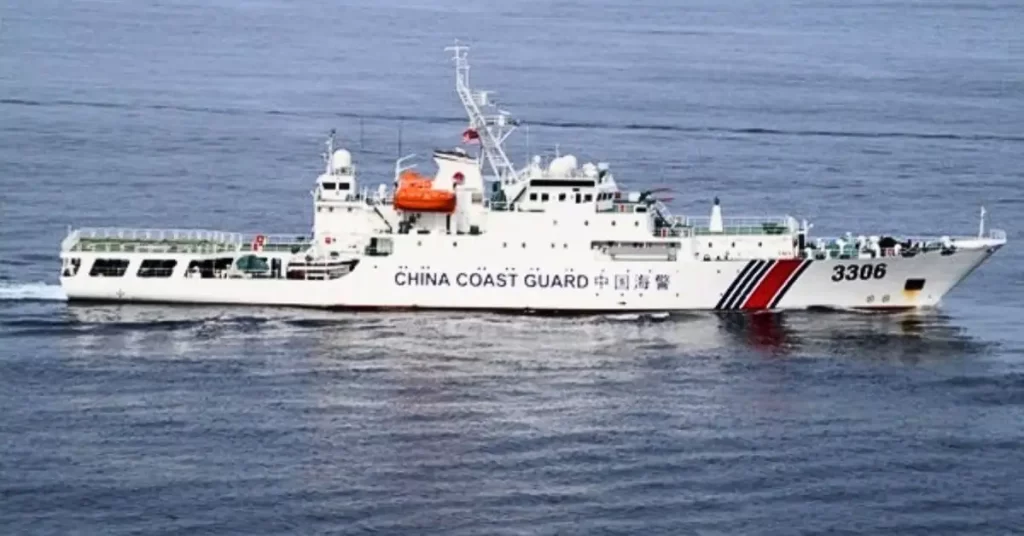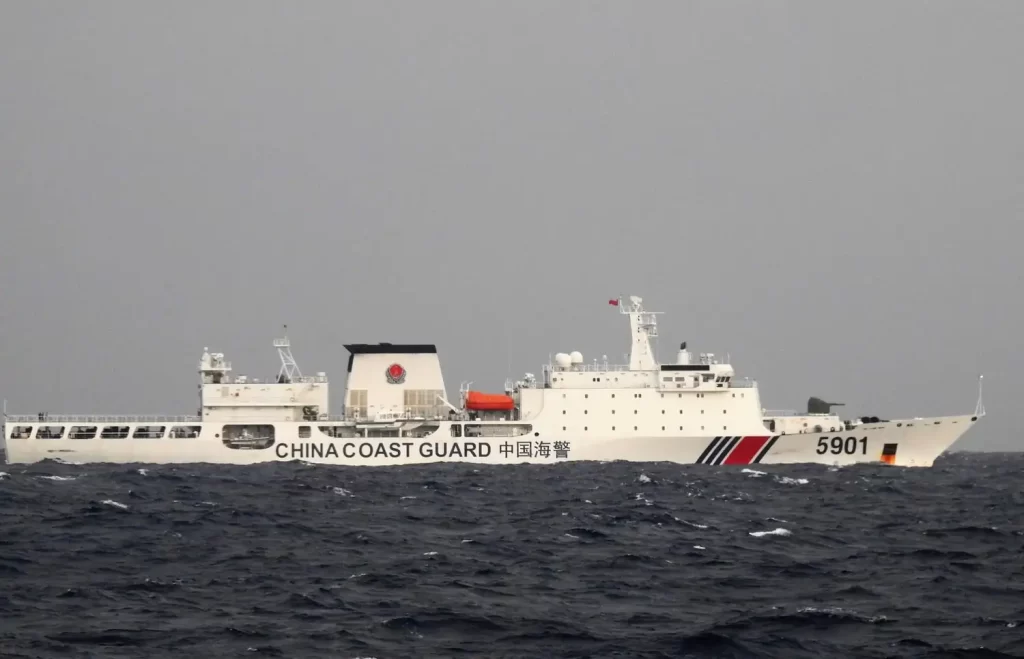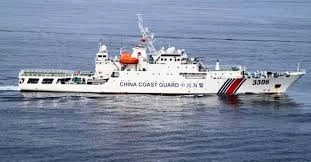
The relationship between China and the Philippines is complex and multifaceted, shaped by a long history of cultural exchanges, economic interactions, and significant geopolitical tensions. The intricate dynamics between the two nations are influenced by both cooperative and contentious elements, which have evolved over centuries.
Introduction
In modern times, the economic relationship between China and the Philippines has grown significantly. Chinese is one of the Philippines’ largest trading partners, with substantial investments in various sectors, including infrastructure, manufacturing, and technology. The Belt and Road Initiative (BRI), Chinese ambitious global development strategy, has also seen increased Chi investments in the Philippines, aiming to enhance connectivity and economic cooperation in the region.
Historically, China and the Philippines have shared cultural and trade ties that date back to pre-colonial times. Chinese merchants and settlers have been part of the Philippine social fabric for centuries, contributing to the country’s cultural diversity and economic development. This historical connection laid a foundation for the complex interplay of interests and interactions between the two nations.
However, this economic partnership is overshadowed by significant geopolitical tensions, primarily centered around the South China Sea dispute. The South China Sea, a vital maritime region rich in resources and strategic importance, is claimed in parts by several countries, including China and the Philippines. China’s expansive claims, demarcated by the so-called “Nine-Dash Line,” overlap with the exclusive economic zones (EEZs) of the Philippines and other Southeast Asian nations.
The dispute has led to frequent confrontations and diplomatic standoffs. In 2013, the Philippines challenged Chinese claims by filing a case with the Permanent Court of Arbitration in The Hague. In 2016, the tribunal ruled in favor of the Philippines, invalidating China’s extensive claims in the South China Sea. However, Chinese rejected the ruling, maintaining its stance and continuing to assert control over the disputed areas.
These tensions have significant implications for regional security and international relations. The South China Sea is a critical maritime route for global trade, and its stability is crucial for the economic interests of many nations beyond the immediate claimants.
The United States, for example, has a vested interest in maintaining freedom of navigation in the region and has conducted freedom of navigation operations (FONOPs) to challenge Chinese claims.
Despite these tensions, both Chinese and the Philippines have expressed a willingness to manage their differences through dialogue and negotiation. Diplomatic engagements and bilateral talks have been ongoing, aiming to find common ground and prevent the escalation of conflicts. Joint development agreements, such as those for oil and gas exploration, have been proposed as potential avenues for cooperation, though progress has been slow.
The administration of Philippine President Rodrigo Duterte, which began in 2016, marked a significant shift in the Philippines’ approach to Chinese Duterte sought to strengthen economic ties with China, adopting a more conciliatory stance on the South China Sea issue.
This pivot was driven by the promise of Chinese investments and economic aid, which Duterte viewed as essential for the Philippines’ development goals. However, this approach has been met with criticism domestically, with concerns about compromising national sovereignty and security.
The dynamics of the China-Philippines relationship are further complicated by the broader context of US-China rivalry.
a long-standing ally of the United States, the Philippines finds itself in a delicate balancing act between maintaining its defense partnership with the US and fostering economic ties with Chinese. This balancing act reflects the broader strategic challenges faced by many countries in the Asia-Pacific region amid rising US-China competition.
In conclusion, the relationship between China and the Philippines is characterized by a blend of historical ties, economic cooperation, and significant geopolitical tensions.
The South China Sea dispute remains the most contentious issue, posing challenges to bilateral relations and regional stability. While efforts at dialogue and cooperation continue, the evolving dynamics of this relationship will be influenced by both domestic and international factors, shaping the future of China-Philippines interactions.
The relationship between China and the Philippines is complex and multifaceted, involving historical ties, economic interactions, and significant geopolitical tensions. The most contentious issue between the two nations is the South China Sea dispute, where overlapping claims have led to frequent confrontations and diplomatic standoffs.
Historical Background
The recent incident ending a coastguard vessel to challenge the Philippines marks a significant development in the ongoing geopolitical tensions in the South China Sea. This event underscores the complex and contentious nature of the territorial disputes in the region, reflecting broader strategic, economic, and diplomatic dynamics that shape the relationship between China and the Philippines.
The deployment of a Chinese coastguard vessel is a direct assertion of China’s expansive territorial claims in the South China Sea, demarcated by the “Nine-Dash Line.” These claims overlap with the exclusive economic zones (EEZs) of several Southeast Asian nations, including the Philippines. The South China Sea is not only rich in natural resources, such as oil and gas, but also a crucial maritime route for international trade, making it a highly strategic area with significant geopolitical importance.
For the Philippines, this incursion is a stark reminder of the challenges it faces in defending its territorial sovereignty and maritime rights. The 2016 ruling by the Permanent Court of Arbitration, which invalidated China’s broad claims in the South China Sea, has not deterred Beijing from pursuing its interests. Instead, China has continued to enhance its presence and capabilities in the region, including the construction of artificial islands and the deployment of military assets.
The incident has several immediate and long-term implications. In the short term, it heightens tensions between Chinese and the Philippines, potentially leading to more frequent and intense maritime confrontations. These confrontations pose risks not only to regional stability but also to the safety of fishermen and other civilians operating in the contested waters. The Philippine government faces the challenge of responding to such provocations without escalating the situation into a full-blown conflict.
Diplomatically, the Philippines must navigate a complex landscape. While President Rodrigo Duterte’s administration has sought closer economic ties with Chinese.
adopting a more conciliatory stance on the South China Sea dispute, this approach has been met with criticism both domestically and internationally. Incidents like the deployment of the Chinese coastguard vessel put pressure on the Philippine government to take a firmer stance in defending its territorial rights. This balancing act is further complicated by the Philippines’ longstanding alliance with the United States, which has its own strategic interests in maintaining freedom of navigation in the South China Sea.
The broader regional context also plays a crucial role. The South China Sea dispute involves multiple claimants, including Vietnam, Malaysia, and Brunei, each with their own stakes in the region. ASEAN, the Association of Southeast Asian Nations, has struggled to present a unified front in addressing the dispute, given the varying interests and levels of economic dependence on China among its member states. This lack of cohesion has allowed Chinese to leverage its economic and military power to assert its claims more aggressively.
The United States’ involvement adds another layer of complexity. As a major power with a vested interest in the Indo-Pacific region, the US conducts freedom of navigation operations (FONOPs) to challenge China’s claims and support the rights of other nations to operate in international waters.
The US-Philippines Mutual Defense Treaty further underscores the strategic importance of the Philippines in the broader US strategy to counterbalance China’s rise. However, the extent to which the US will directly intervene in incidents like the recent coastguard vessel deployment remains uncertain.
In the long term, the incident highlights the need for sustained diplomatic efforts to manage and potentially resolve the South China Sea dispute. Confidence-building measures, such as establishing hotlines and engaging in joint maritime patrols, could help reduce the risk of accidental clashes and build trust between the involved parties. Multilateral dialogues, facilitated by ASEAN and other international bodies, are essential for creating a framework for peaceful coexistence and cooperation in the region.
The economic dimension is also critical. While the South China Sea is a potential flashpoint for conflict, it also offers opportunities for joint development and resource sharing. Cooperative agreements on fishing rights, oil and gas exploration, and environmental protection could provide mutual benefits and reduce tensions. However, achieving such agreements requires significant political will and mutual trust, which are currently in short supply.

South China Sea Dispute
Geopolitical Significance
The South China Sea is a crucial maritime region for international trade, rich in natural resources like oil and natural gas, and strategically important for military presence. China claims nearly the entire South China Sea through its “nine-dash line,” which overlaps with the EEZs of several Southeast Asian countries, including the Philippines.
Legal Rulings
In 2016, the Permanent Court of Arbitration in The Hague ruled in favor of the Philippines, stating that Chinese claims had no legal basis. Despite this ruling, China has continued to assert its presence in the region.
Recent Incidents
One of the latest significant incidents involved Chinese deployment of its largest coastguard vessel into the Philippine EEZ, which the Philippines saw as an act of intimidation. The vessel’s presence was part of China’s broader strategy to assert control over the South China Sea, despite international condemnation and the 2016 ruling.
Economic Interactions
Despite these tensions, economic interactions between Chinese and the Philippines have grown. Chinese is one of the Philippines’ largest trading partners and investors. The economic relationship includes trade in goods, services, and Chinese investments in Philippine infrastructure through initiatives like the Belt and Road Initiative.
Diplomatic Efforts and Challenges
Bilateral Talks
Both nations have engaged in numerous bilateral talks aimed at managing their maritime disputes and finding common ground. These talks often result in temporary agreements to ease tensions but have not led to a permanent resolution.
ASEAN and Multilateral Efforts
The Philippines, as part of the Association of Southeast Asian Nations (ASEAN), has sought to engage Chinese in a multilateral framework to address the disputes. However, ASEAN’s approach has been complicated by the varying interests of its member states. ASEAN, established in 1967, comprises ten Southeast Asian countries: Brunei, Cambodia, Indonesia, Laos, Malaysia, Myanmar, the Philippines, Singapore, Thailand, and Vietnam.
Its primary goals include promoting economic growth, social progress, cultural development, and regional peace and stability. ASEAN operates on principles of non-interference, consensus, and cooperative engagement, which influence its approach to regional disputes, including those in the South China Sea. The Philippines has consistently advocated for a rules-based approach to the South China Sea disputes, emphasizing the importance of adhering to international law, particularly the United Nations Convention on the Law of the Sea (UNCLOS).
Military and Strategic Dimensions
US-Philippines Alliance
The Philippines’ Mutual Defense Treaty with the United States plays a significant role in its strategic calculations. The US has conducted freedom of navigation operations in the South China Sea and provided military support to the Philippines, which complicates Chinese strategy in the region.
Military Buildup
Chinese has significantly expanded its military presence in the South China Sea, building artificial islands and deploying military assets. This buildup is a point of major concern for the Philippines and other Southeast Asian nations.
Socio-Political Implications
National Sentiment
The maritime disputes have stirred nationalistic sentiments in both countries. In the Philippines, there is widespread public support for asserting sovereignty over contested areas, while in Chinese, the South China Sea is seen as a non-negotiable part of its territorial integrity.
Fishermen and Local Communities
The disputes have severely affected local communities, particularly fishermen who face harassment and dangers from confrontations at sea. This has impacted their livelihoods and increased tensions between local populations and the authorities.
Environmental Impact
The environmental consequences of the South China Sea dispute are significant. Activities like dredging and the construction of artificial islands have damaged coral reefs and marine ecosystems, which are crucial for the region’s biodiversity and fisheries.
Future Prospects
The future of China-Philippines relations in the South China Sea remains uncertain. Continued diplomatic efforts, adherence to international law, and regional cooperation through ASEAN are potential pathways to mitigating the conflict. However, the strategic interests and national pride of both nations present ongoing challenges.
Conclusion
In conclusion, the deployment of a Chinese coastguard vessel to challenge the Philippines is a significant development in the South China Sea dispute, highlighting the complex interplay of strategic, economic, and diplomatic factors that define the relationship between Chinese and the Philippines. This incident underscores the persistent challenges in defending territorial sovereignty, maintaining regional stability, and navigating the broader geopolitical landscape. Effective diplomacy, strategic engagement, and cooperative initiatives are essential for managing this multifaceted relationship and ensuring a peaceful and stable future in the region.



